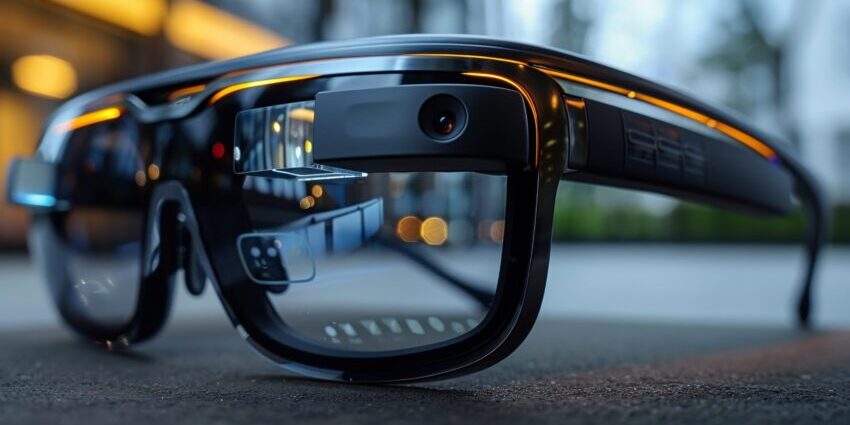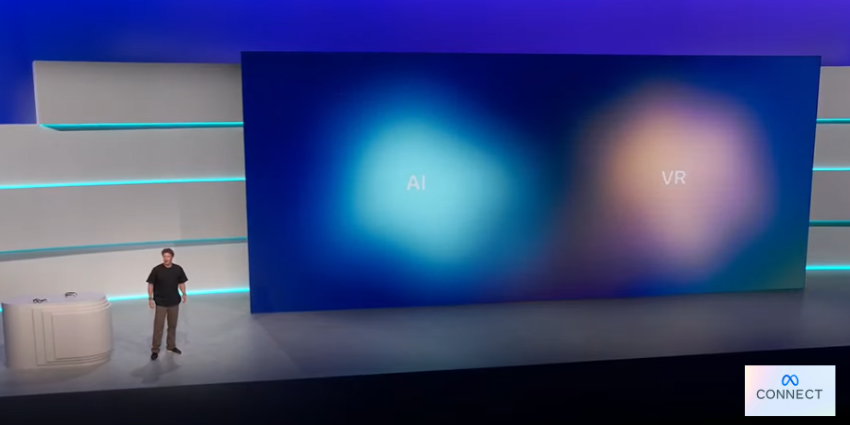NVIDIA CEO Jensen Huang has highlighted the transformative potential of digital twin technology in advancing climate research.
During his keynote address to 180 attendees at the Berlin Summit for the Earth Virtualization Engines (EVE) initiative, Huang emphasized the pivotal role of digital twins and NVIDIA’s contributions in this field.
“Richard Feynman once said that ‘what I can’t create, I don’t understand’, and that’s the reason why climate modelling is so important,” he said.
“And so the work that you do is vitally important to policymakers to researchers to the industry.”
EVE is a global initiative for harnessing the power of digital twin technology, AI, and high-performance computing in climate prediction and sustainable planet management.
Huang’s presentation centred around the convergence of these technologies and their ability to unlock critical insights into climate patterns and their impacts.
Digital Twin Potential
Digital twins, interactive virtual models replicating complex systems, have emerged as powerful tools in climate research. By simulating the behaviour of natural phenomena, such as weather patterns and climate dynamics, digital twins enable researchers to gain a comprehensive understanding of the Earth’s weather.
Huang underlined the significance of these virtual replicas in driving breakthroughs in climate modelling and prediction with accelerated computing, facilitated by NVIDIA’s GH200 Grace Hopper Superchip, making it easier to process vast amounts of climate data.
Through its Earth-2 initiatives, NVIDIA has collaborated closely with climate researchers and policymakers, supporting the integration of AI and accelerated computing into digital twin frameworks.
Huang highlighted the open-source framework NVIDIA Modulus, which enables researchers to build, train, and fine-tune physics-based machine learning models. By combining vast datasets with physics-based algorithms, Modulus empowers digital twins to learn and predict complex climate patterns, facilitating more accurate and detailed long-range forecasts.
Moreover, the scalability and efficiency of NVIDIA’s computing infrastructure enable digital twins to process and visualize vast amounts of climate data interactively.
Huang demonstrated the potential of NVIDIA Omniverse, a powerful visualization platform, in providing policymakers, businesses, companies, and researchers with intuitive access to critical climate information.
This advanced visualization capability empowers stakeholders to comprehend and analyze climate data, enabling informed decision-making and proactive climate management.
What is a Digital Twin?
A digital twin refers to a virtual representation or replica of a physical object, system, or process. It is created by capturing and integrating data from various sources such as sensors, IoT devices, simulations, and historical records.
The digital twin encompasses both the physical and digital aspects of the entity it represents.
The purpose of a digital twin is to provide a real-time and dynamic model that mirrors the behaviour, characteristics, and interactions of its physical counterpart. It enables organizations to monitor, analyze, and optimize the performance of physical assets, systems, or processes in a virtual environment.
Siemens, a German manufacturing giant, has been actively exploring various Web3 technologies to enhance its operations and support its clients. The company has launched an accelerator program to foster collaboration with partner companies, with its most recent venture involving Maeve Aerospace. Maeve Aerospace has utilized Siemens’ Xcelerator portfolio, which includes digital twin and automation technologies, to develop an advanced, all-electric aircraft with zero emissions.
During the Enterprise Metaverse Summit in London on June 28th, key executives from Siemens delivered a keynote speech addressing the future of digital twin technologies. Siemens, along with its partners and collaborators, has been utilizing tools that enable the creation of ecosystems for the industrial metaverse and enterprise-grade spatial computing.
Brian Holliday, the Managing Director of Digital Industries at Siemens, was interviewed by XR Today to discuss the significance of digital twins in the industrial metaverse.







